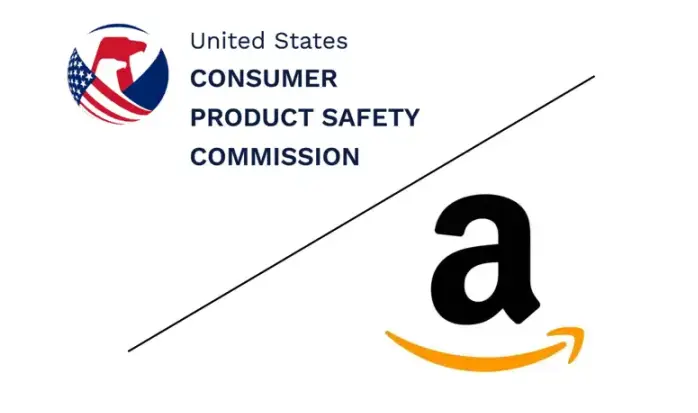
Meltblown Fabric Certification & Testing
Meltblown fabric is the core material of face masks, serving as the filter layer that blocks bacteria and prevents the spread of pathogens.
Made primarily from polypropylene, meltblown fabric features fibers as fine as 1 to 5 MICrons. With its high porosity, fluffy structure, and excellent wrinkle resistance, the ULtra-fine fibers provide a unique capillary structure. This enhances the number and surface area of fibers per unit, resulting in exceptional filtration, shielding, thermal insulation, and oil absorption capabilities.
If you plan to manufacture face masks, it is essential to test the meltblown fabric before purchasing. China JJR Laboratory offers particle filtration efficiency testing for meltblown fabric, giving you a preliminary quality assessment.
Common Testing Items for Meltblown Fabric:
Resistance testing
Filtration efficiency testing
Microbiological testing
NaCl and Oil-Based Filtration Efficiency Tests
1. Chinese Civil Standard GB/T 32610-2016 (at 85 L/min airflow):
Level I: ≥99% (NaCl), ≥99% (oil)
Level II: ≥95% (NaCl), ≥95% (oil)
Level III: ≥90% (NaCl), ≥80% (oil)
2. Chinese Standard KN95 GB 2626-2019 (at 85 L/min):
KN90: ≥90.0% (NaCl), not applicable for oil
KN95: ≥95.0% (NaCl)
KN100: ≥99.97% (NaCl)
PN90: not applicable for NaCl, ≥90.0% (oil)
PN95: ≥95.0% (oil)
PN100: ≥99.97% (oil)
3. Chinese Medical Surgical Standard YY 0469-2011:
NaCl aerosol filtration efficiency: ≥30%
4. European Standard EN149 (at 95 L/min airflow):
FFP1: ≥80% (NaCl and oil)
FFP2: ≥94% (NaCl and oil)
FFP3: ≥99% (NaCl and oil)
Breathing Resistance Tests
1. Chinese Civil Standard GB/T 32610-2016 (at 85 L/min):
Inhalation resistance: ≤175 Pa
Exhalation resistance: ≤145 Pa
2. Chinese Standard KN95 GB 2626-2019 (at 85 L/min):
Inhalation resistance: ≤210 Pa
Exhalation resistance: ≤210 Pa
3. European Standard EN149:
FFP1: ≤60 Pa (inhalation at 30 L/min), ≤210 Pa (95 L/min), ≤300 Pa (160 L/min)
FFP2: ≤70 Pa (30 L/min), ≤240 Pa (95 L/min), ≤300 Pa (160 L/min)
FFP3: ≤100 Pa (30 L/min), ≤300 Pa (95 L/min and 160 L/min)
Email:hello@jjrlab.com
Write your message here and send it to us
 Infant Support Pillow 16 CFR 1243/1242 & ASTM
Infant Support Pillow 16 CFR 1243/1242 & ASTM
 BRM Registration Card Under CFR Part 1130 Regulati
BRM Registration Card Under CFR Part 1130 Regulati
 How to get a D-U-N-S® Number for US FDA Registrati
How to get a D-U-N-S® Number for US FDA Registrati
 Household Massage Devices Compliance in the China
Household Massage Devices Compliance in the China
 Compliance for the Global In Vitro Diagnostic (IVD
Compliance for the Global In Vitro Diagnostic (IVD
 Compliance Guide for Nebulizers in European and Am
Compliance Guide for Nebulizers in European and Am
 Cybersecurity Certification Service for EU RED Dir
Cybersecurity Certification Service for EU RED Dir
 ANATEL Certification Compliance Guide for Brazil M
ANATEL Certification Compliance Guide for Brazil M
Leave us a message
24-hour online customer service at any time to respond, so that you worry!




